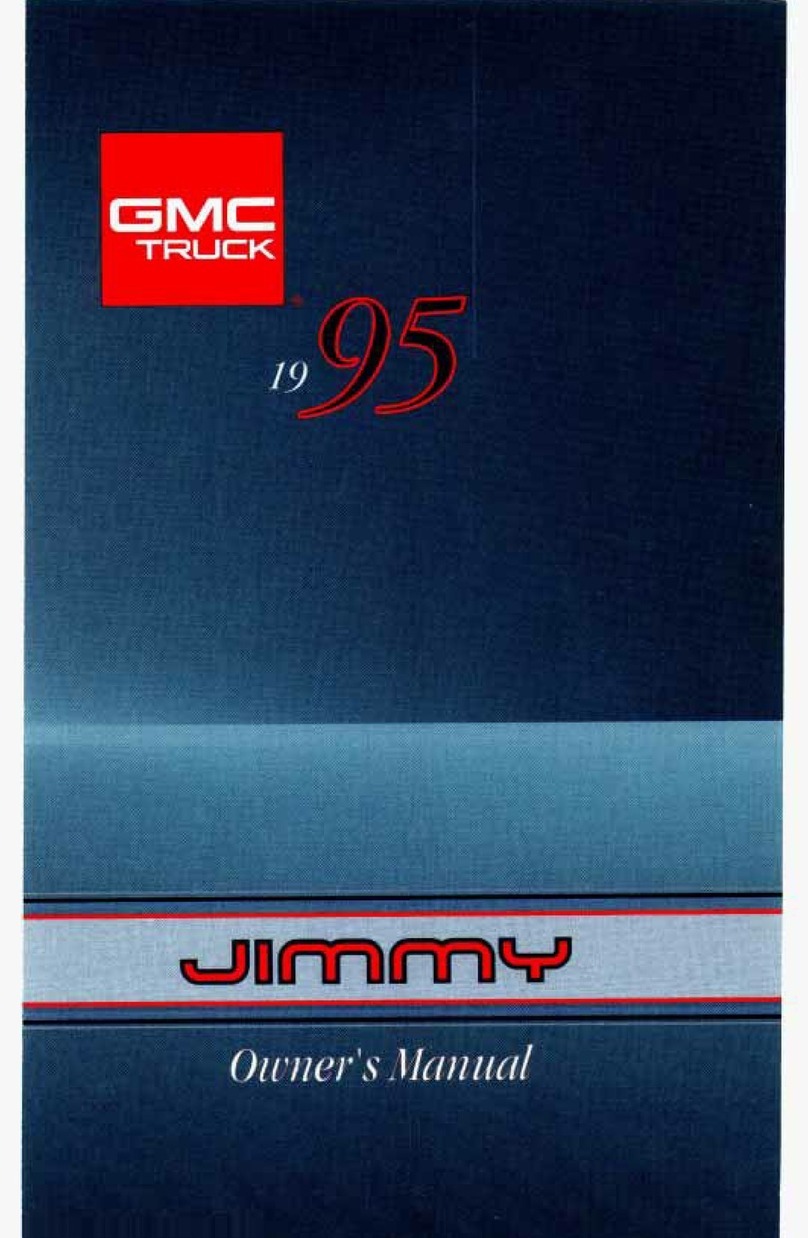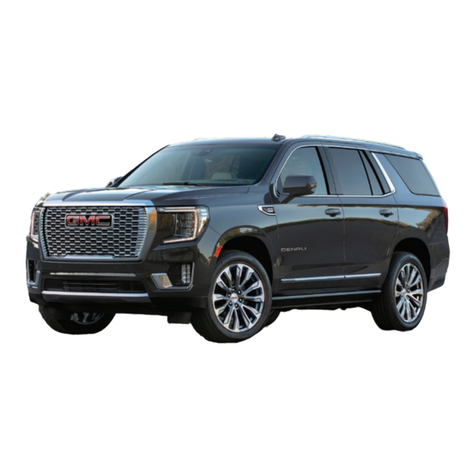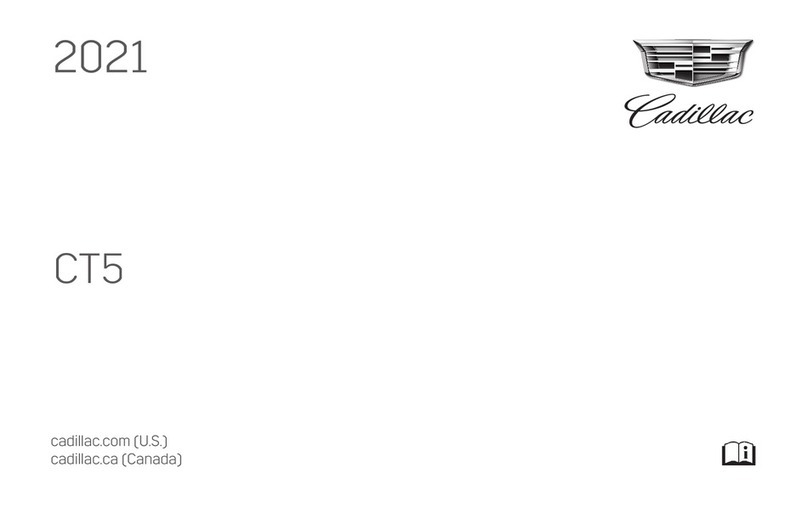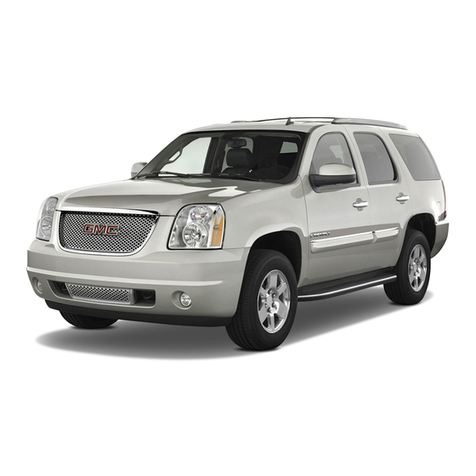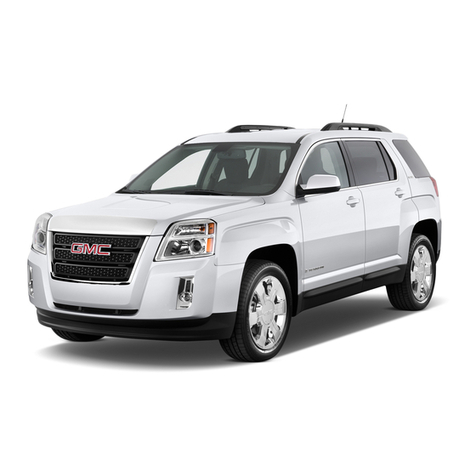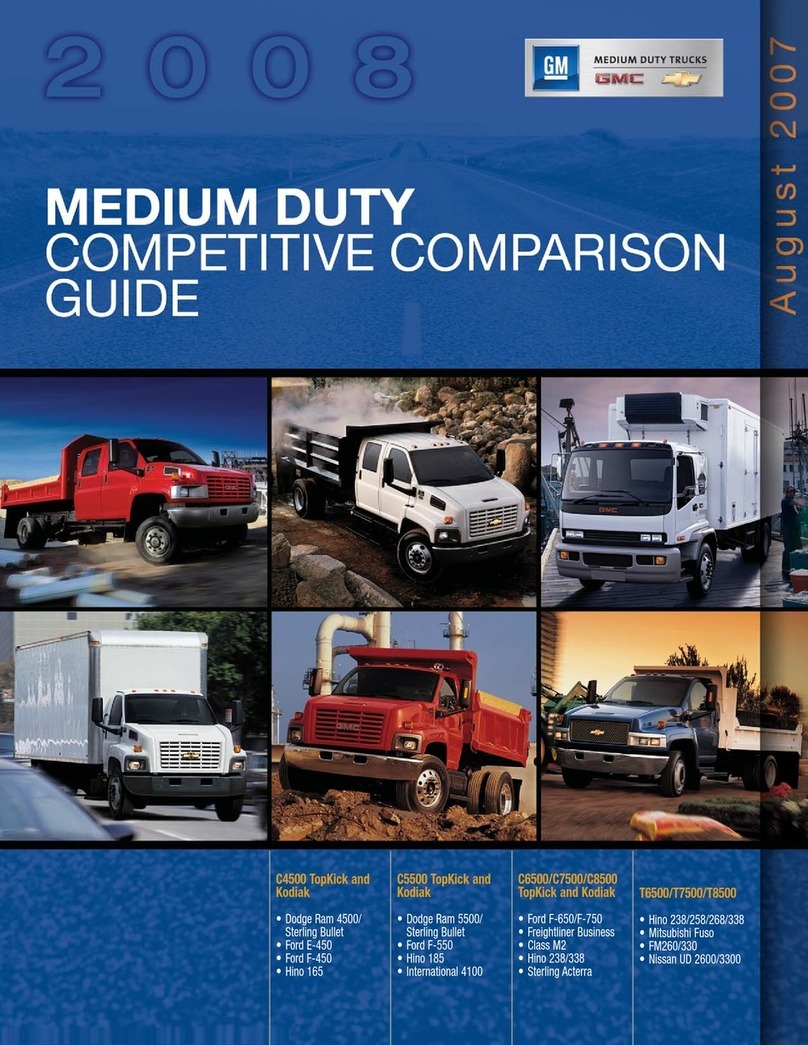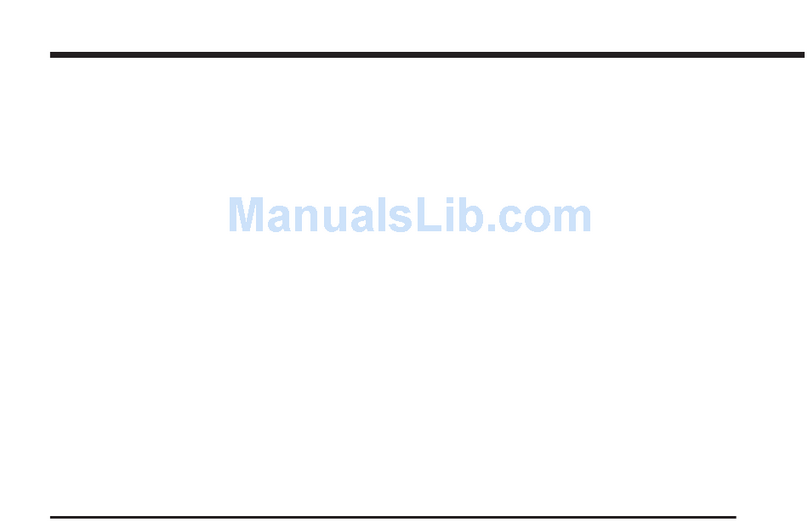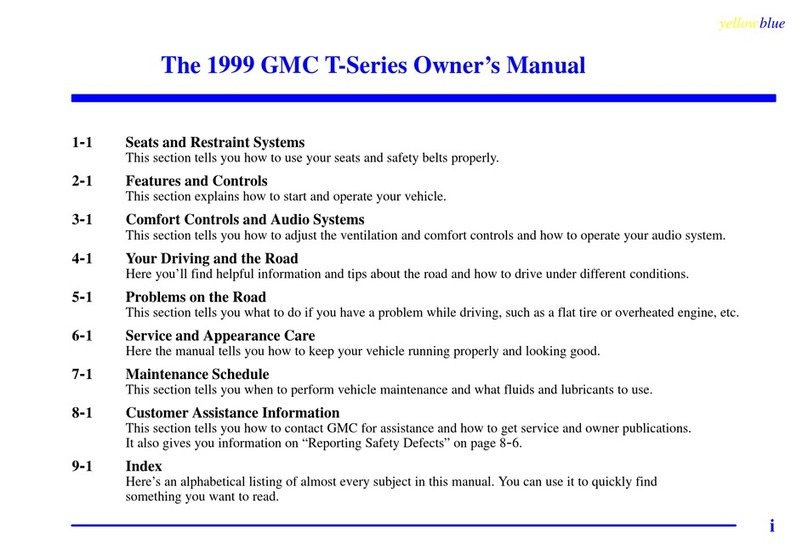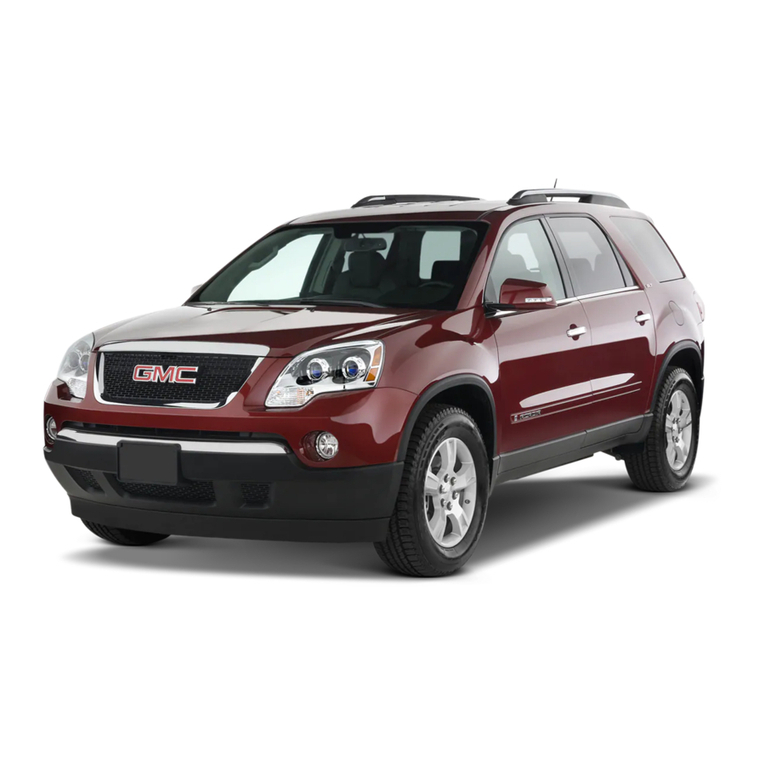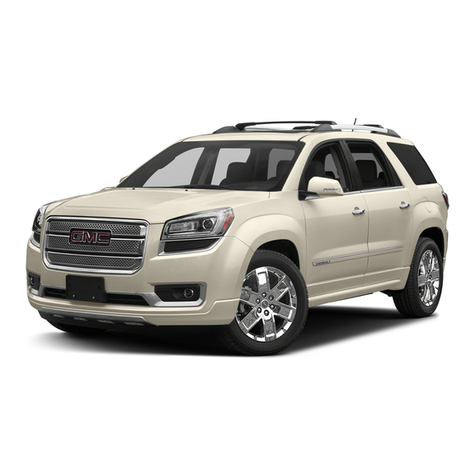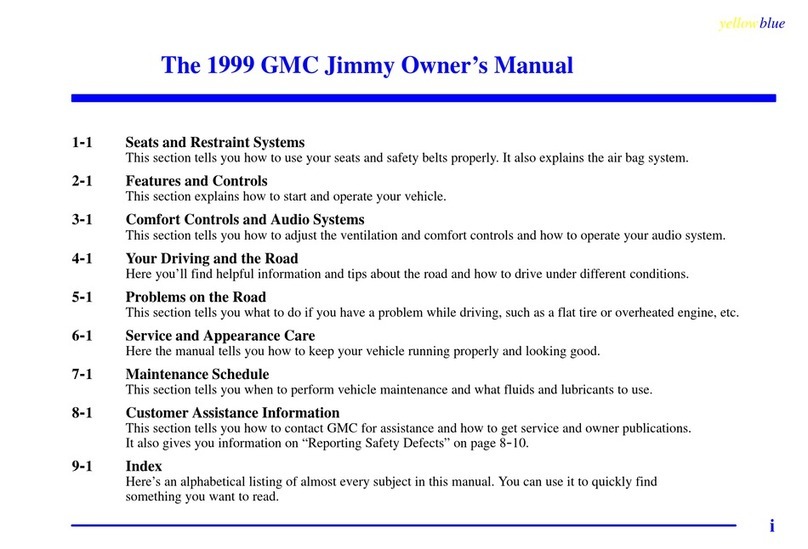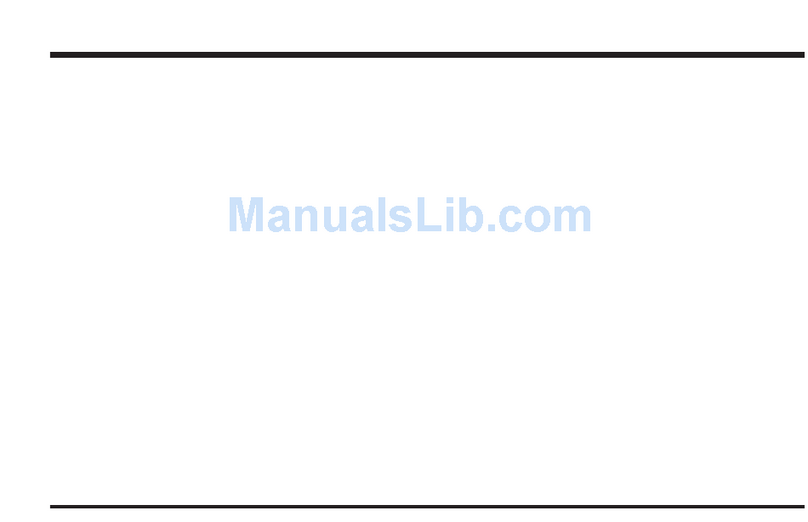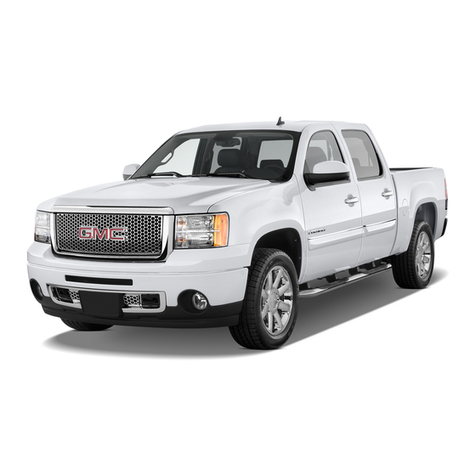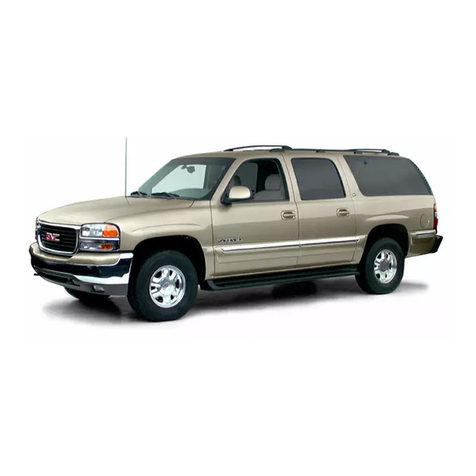
Preface
Cautions and Notices
Definition of Caution, Notice, and
Important
The diagnosis and repair procedures
in
the
GM
Service Manual contain both general and specific
Cautions, Notices, and lmportants.
GM
is
dedicated to
the presentation of service information that helps
the technician to diagnose and repair the systems
necessary for the proper operation of the vehicle,
however, certain procedures may present a hazard to
the technician if they are not followed
in
the
recommended manner. Cautions, Notices, and
lmportants are elements designed to prevent these
hazards, however, not all hazards can be foreseen.
This information
is
placed at strategic locations within
the service manual. This information
is
designed to
prevent the following from occurring:
• Serious bodily injury to the technician
• Damage to the vehicle
• Unnecessary vehicle repairs
• Unnecessary component replacement
• Improper repair or replacement of vehicle
components. Any caution or notice that appears
in
general information
is
referenced from the
individual service categories.
CAUTION Defined
When encountering a CAUTION,
you
will
be
asked to
take a necessary action or not to take a prohibited
action. If a CAUTION
is
not heeded, the following
consequences may occur:
• Serious bodily injury to the technician
• Serious bodily injury to other technicians
in
the
workplace area
• Serious bodily injury to the driver and/or
passenger(s) of the vehicle, if the vehicle
has
been
improperly repaired
NOTICE Defined
Notices call special attention to a necessary action or
to a prohibited action. If a NOTICE
is
not heeded,
the following consequences may occur:
• Damage to the vehicle
• Unnecessary vehicle repairs
• Unnecessary component replacement
• Improper operation or performance of the system
or
component under repair
• Damage to any systems or components which are
dependent upon the proper operation of the
system or component under repair
• Improper operation or performance of any
systems or components which are dependent
upon the proper operation or performance of the
system or component under repair
• Damage to fasteners, basic tools, or special tools
•
The
leakage of coolant, lubricant, or other vital
fluids
Cautions and Notices - 3
IMPORTANT Defined
IMPORTANT statements emphasize a necessary
characteristic of a diagnostic or repair procedure.
IMPORTANT statements are designed to do
the following:
• Clarify a procedure
• Present additional information for accomplishing a
procedure
• Give insight into the reason or reasons for
performing a procedure
in
the manner
recommended
• Present information that will help to accomplish a
procedure
in
a more effective manner
• Present information that gives the technician the
benefit of past experience
in
accomplishing a
procedure with greater ease
ABS Handling Caution
Caution: Certain components in the Antilock Brake
System (ABS) are not intended to be serviced
individually. Attempting to remove
or
disconnect
certain system components
may
result in personal
injury and/or improper system operation. Only
those components with approved removal
and installation procedures should be serviced.
Battery Disconnect Caution
Caution: Before servicing
any
electrical
component, the ignition key must be in the
OFF
or
LOCK position
and
all electrical loads must be
OFF, unless instructed otherwise in these
procedures.
If
a tool
or
equipment could easily
come in contact with a live exposed electrical
terminal, also disconnect the negative battery
cable. Failure to follow these precautions
may cause personal injury and/or damage
to
the
vehicle
or
its components.
Brake Dust Caution
Caution: Avoid taking the following actions when
you service wheel brake parts:
• Do not grind brake linings.
• Do not sand brake linings.
• Do not clean wheel brake parts with a dry
brush
or
with compressed air.
Some models
or
aftermarket brake parts may
contain asbestos fibers which can become
airborne in dust. Breathing dust with asbestos
fibers
may
cause serious bodily harm. Use a
water-dampened cloth in order to remove
any
dust
on brake parts. Equipment is available
commercially in order to perform this washing
function. These wet methods prevent fibers from
becoming airborne.

